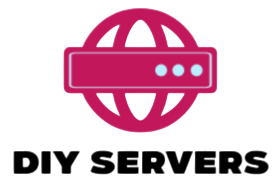In today’s working world, employees are looking for more than just a pay check. They are looking for a comprehensive benefits package that meets their individual needs, which is why so many companies are now turning to flexible benefits platforms to provide their employees with a more personalized benefits experience.
1. Identify Your Needs:
Before implementing a flexible benefits platform, it’s important to identify the specific needs of your organization and employees. Once you’ve identified your needs, you can begin to look for the right flexible benefits platform.
2. Compare Platforms:
Once you’ve identified your needs, it’s time to compare different flexible benefits platforms. Make sure to read reviews and compare services, features, and pricing to find the best fit for your organization.
1. Review features: Compare the features offered by each platform, including the types of benefits they offer, the ease of use, the level of customization, and the reporting and analytics capabilities.
2. Assess costs: Consider the cost of each platform and any associated fees.
3. Check references: Ask for references from each platform and speak to the clients to get a better understanding of their experience.
4. Look for support: Analyze the customer service and support available from the platform provider.
5. Consider scalability: Determine whether the platform can grow with your business.
3. Research Vendors:
When selecting a flexible benefits platform, you’ll want to research the vendors to ensure they offer the features and services you need. Be sure to ask questions about their customer service, security features, and other important details.

4. Set Up Your Account:
Once you’ve chosen a vendor and a flexible benefits platform, it’s time to set up your account. This includes creating your account, entering your company information, and linking your company’s preferred vendors.
5. Customize Your Benefits:
It’s important to customize your benefits package to meet the needs of your employees. With a flexible benefits platform, you can easily customize your benefits to include a variety of options such as healthcare, retirement, leave policies, and more.
6. Train Your Employees:
Once your flexible benefits platform is set up, it’s important to train your employees on how to use it. Make sure to provide clear instructions and answer any questions they may have.
7. Monitor Your Platform:
Once your employees are trained, it’s important to monitor your flexible benefits platform regularly. Make sure that your employees are taking advantage of the benefits available to them and that the platform is functioning correctly.
8. Analyze Your Benefits:
It’s important to analyze the data from your flexible benefits platform to ensure its meeting the needs of your employees and organization. This can help you make informed decisions about your benefits package and ensure you are providing the best possible benefits for your employees.
Conclusion:
Implementing a flexible benefits platform is a great way to provide your employees with a comprehensive, personalized benefits package. With the right platform, you can easily customize your benefits, train your employees, and monitor your platform to ensure its meeting the needs of your employees and organization.

